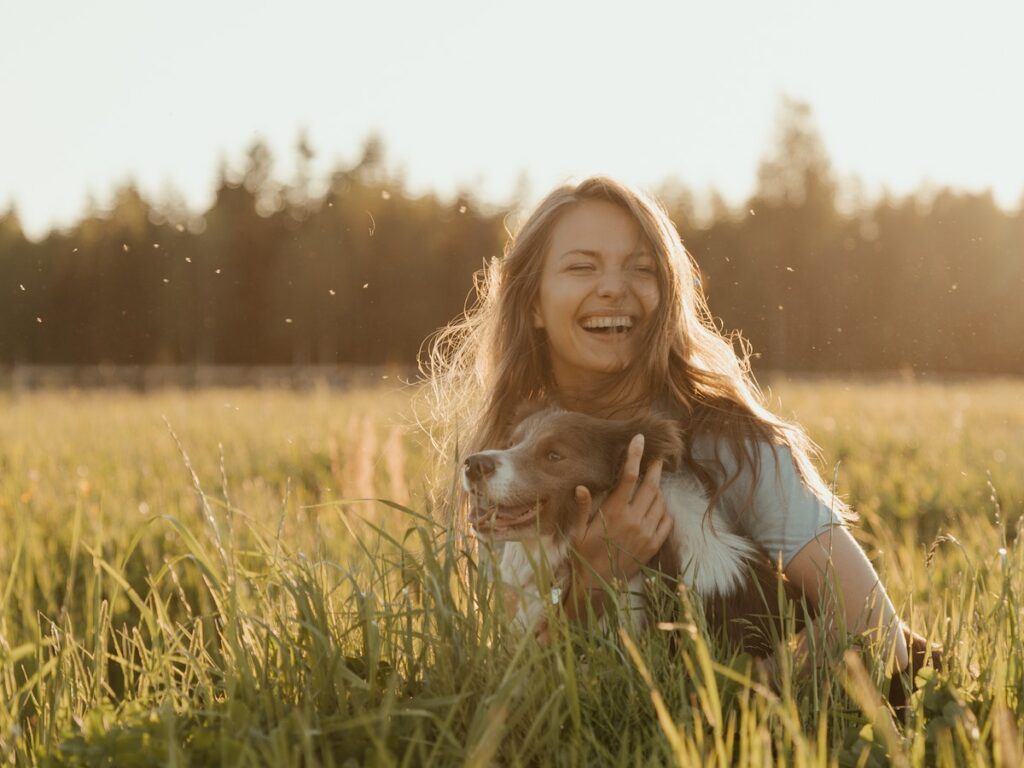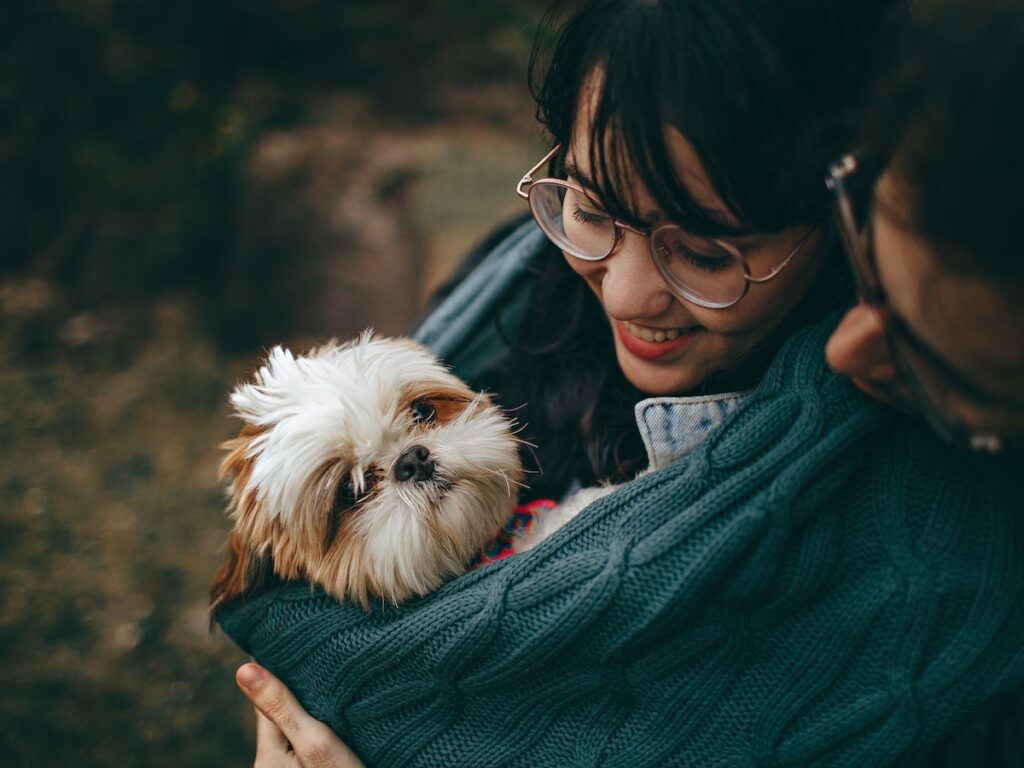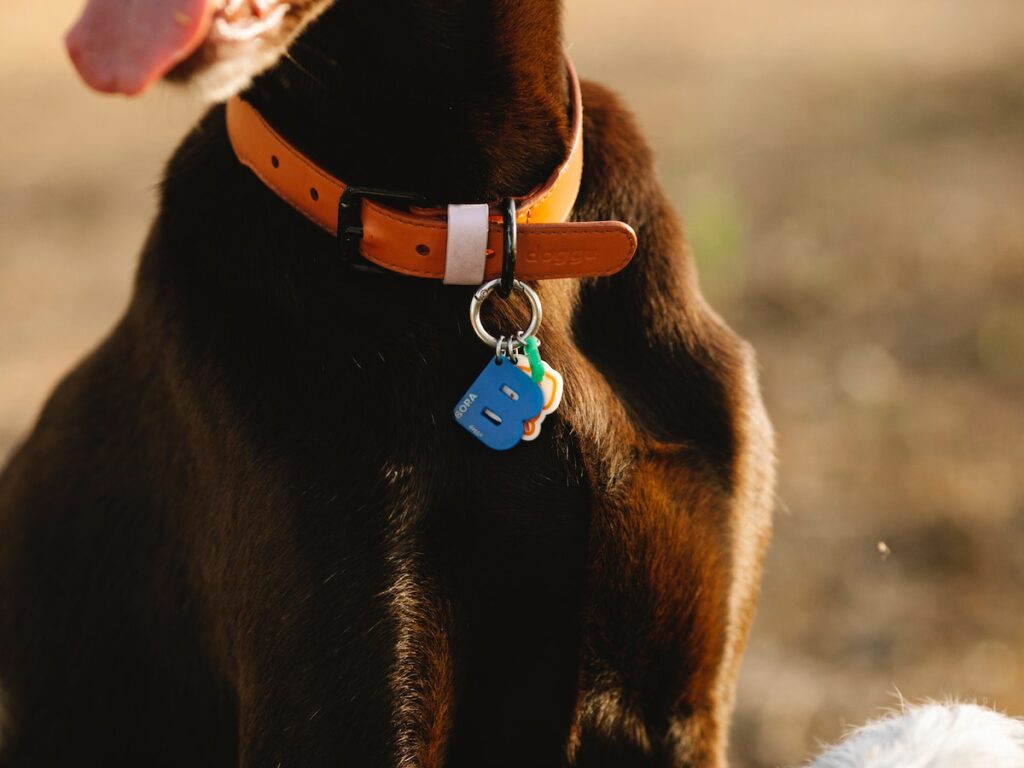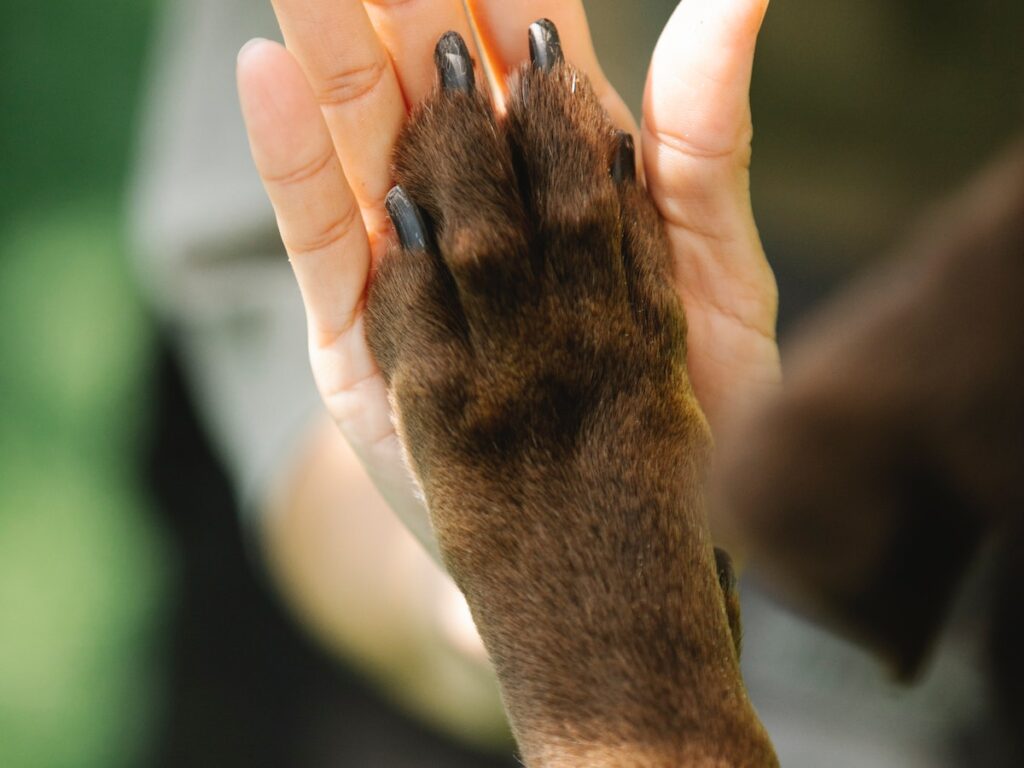Camping with the pooch
Don’t bark up the wrong tree – Preparation is key when camping with the Pooch.
Don’t leave your dog out when you all head off camping! With the right preparation and packing, your pup can have an incredible time camping.
After all, there’s nothing dogs love more than exploring the countryside or coast, getting in nice long walks, and then snuggling up in your camping chair around a campfire in the evening!

Does the campsite take dogs?
First things first: check your campsite allows dogs.
Some campsites don’t, and you definitely don’t want to get caught out when you arrive. Also it’s worth checking if surrounding beaches allow dogs so that you can enjoy stress-free days out.
Pack a sturdy lead (or even a spare one if you want to be extra careful) for areas of the countryside that require dogs to be kept on leads- fields with livestock or areas of special scientific interest will often do so.
Equipment essentials for your dog
Camping with dogs doesn’t necessarily have to involve buying lots of kit.
That being said, a spiral dog leash anchor is fairly indispensable. These can be twisted into the ground with a rope or leash tied to it so that your dog is held secure whilst you cook or are distracted. Most campsites will request dogs to be kept on leads while you’re in the actual camping area. If you have a long leash then the dog can still roam about a bit, but it prevents them from running away or getting under everybody’s feet!
Not too long though – I remember our dog as a puppy felling tables and chairs as he span around the pitch!

For a puppy that hasn’t yet been vaccinated or any small dog, there is always a foldable pen.
This allows your dog to roam about but not escape. It is also the easiest way to prevent your dog from meeting other animals, and a surprisingly simple way to stop them from wandering off!
The good stuff
All the extra walks you get to go on is just one of the advantages of camping with your dog! I always find that you get to know the surrounding area much better when camping with a dog.
Instead of trudging to the local park to walk them, you can explore the stunning countryside (why not check out Forest trails and Woodland Walks TTD) or, if you are close to the sea, the awe-inspiring coastal path. Or you could let your walk guide you to a dog friendly pub and have a drink in the beer garden.
Try not to let your dog do his ‘doings’ in the campsite though (but if you do make sure to pick it up straight away). Instead, take him for walks in the morning and whenever you think he needs to go.

Don’t forget the basics- water and food
Dogs need water in reach at all times.
For walks and beach trips you can buy a portable doggy water-bottle that has a bowl dispenser for your dog to drink from.
They also obviously need food so bring a big bag of their favourite dog food. Just be sure to keep it out of reach for the dog (that goes for all food – human and canine) otherwise they’ll get the meal of a lifetime!
If you love to pamper your dog (as let’s face it, most dog owners do!) bring some of their favourite treats and toys, to help your dog adjust to their new environment.
Your four legged best friend needs blankets and towels too
You can bring the dog bed from home or, if your dog is like mine and ignores the bed, preferring to sleep on a pillow, sleeping bag or even a pile of clothes, don’t bother!
A scrap of blanket also means that your dog can have a spot to lie down outside so they don’t get too damp and dusty on the spiral leash.
If your dog gets territorial or nervous when camping it could be because of the change of environment, especially if there are a few other dogs in your camping group. A blanket with the smells from home can also help to reassure them.

If you are camping in rainy or damp weather, bring lots of extra towels. You don’t want a muddy or wet pooch making a mess of your tent!
If you plan on taking trips to the sea, it is also a great idea to have a designated dog-towel.
For thinner tents, I would recommend putting blankets down on the tent floor. These prevent your dog scratching holes in the tent and also make clean-up a lot easier!
Better safe than sorry…
An ID tag for your dog is especially important when you go camping. Plus its a legal requirement to have identity on a pet when out in the world.
Put your name and phone number on it so that anyone who finds your dog can get in contact. You can buy especially engraved ones or get tags that you write on in sharpie- both work just as well!
If your dog runs away often, you could always bring some walkie talkies to make it easier to try and find them. It would have saved me the stress of thinking I’d lost our dog when he’d actually ran back to our camp!
Why not check out help on walkie talkies, which has loads of other uses for walkie talkies on your trip.

When camping in the countryside, especially an area that livestock graze on, bring flea and tick preventative to save your dog a lot of potential discomfort! It is also worth buying or making a doggy first aid kit.
Put in a vet’s phone number and your dog’s vaccination records, as well as: tweezers, bandages, blunt-ended scissors, wound wash and dressing, cotton wool, antiseptic wipes, self-adhesive tape and any medicines that your dog needs.

Go for it!!
Trust me: camping with your dog is a world of fun!
Once they’ve adjusted to camping life, your furry friend will become as adept at camping as you. They adore being outdoors and being taken on holiday with you makes them truly feel like part of the family.
If you are interested in taking your dog camping, why not book at a dog-friendly campsites for your next camping break.
If you prepare right, camping with your dog will be just paw-fect!
Here’s me signing out and thank you so much for reading.
Lily Crooke / Environmental and Recreational author
